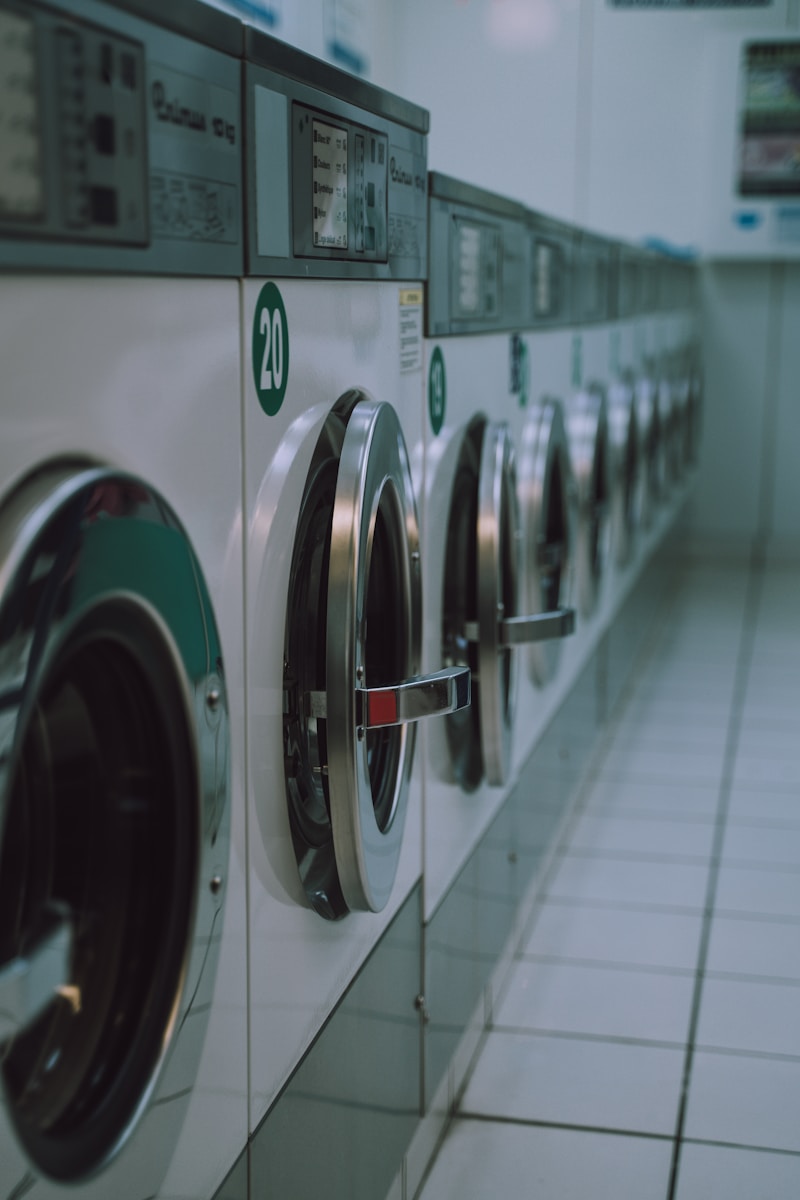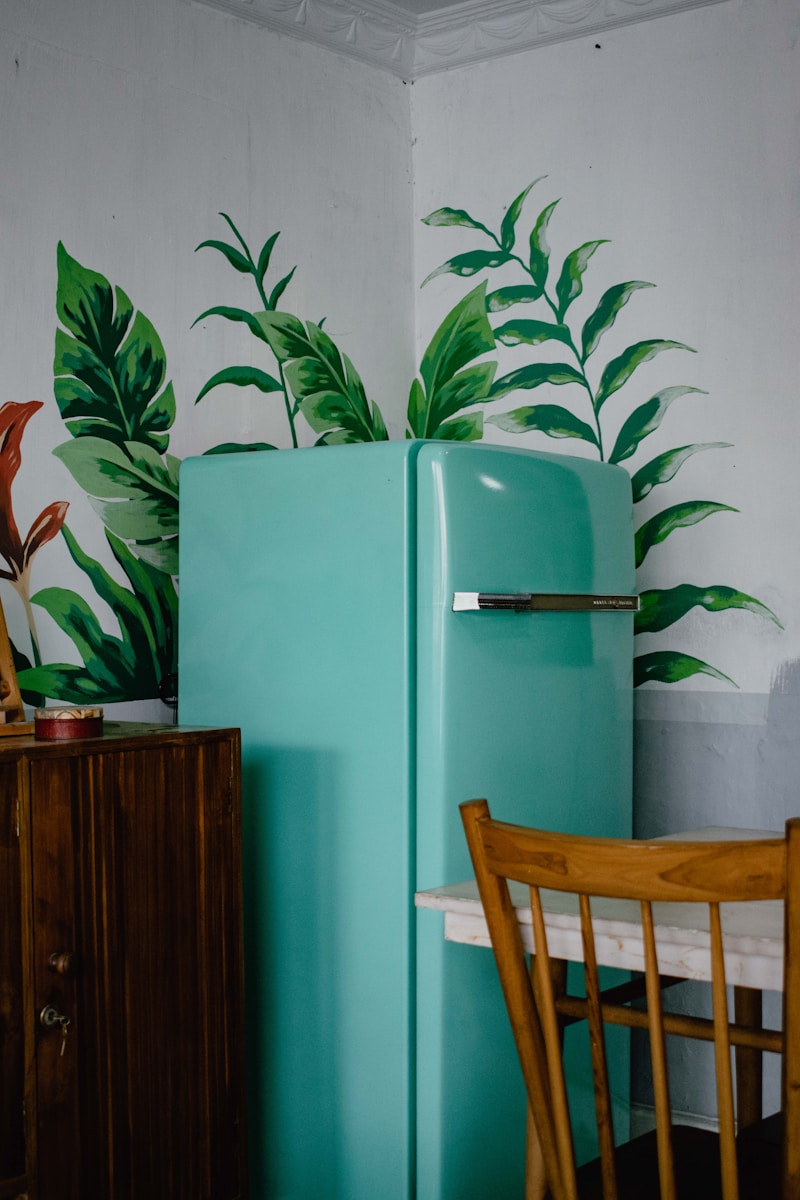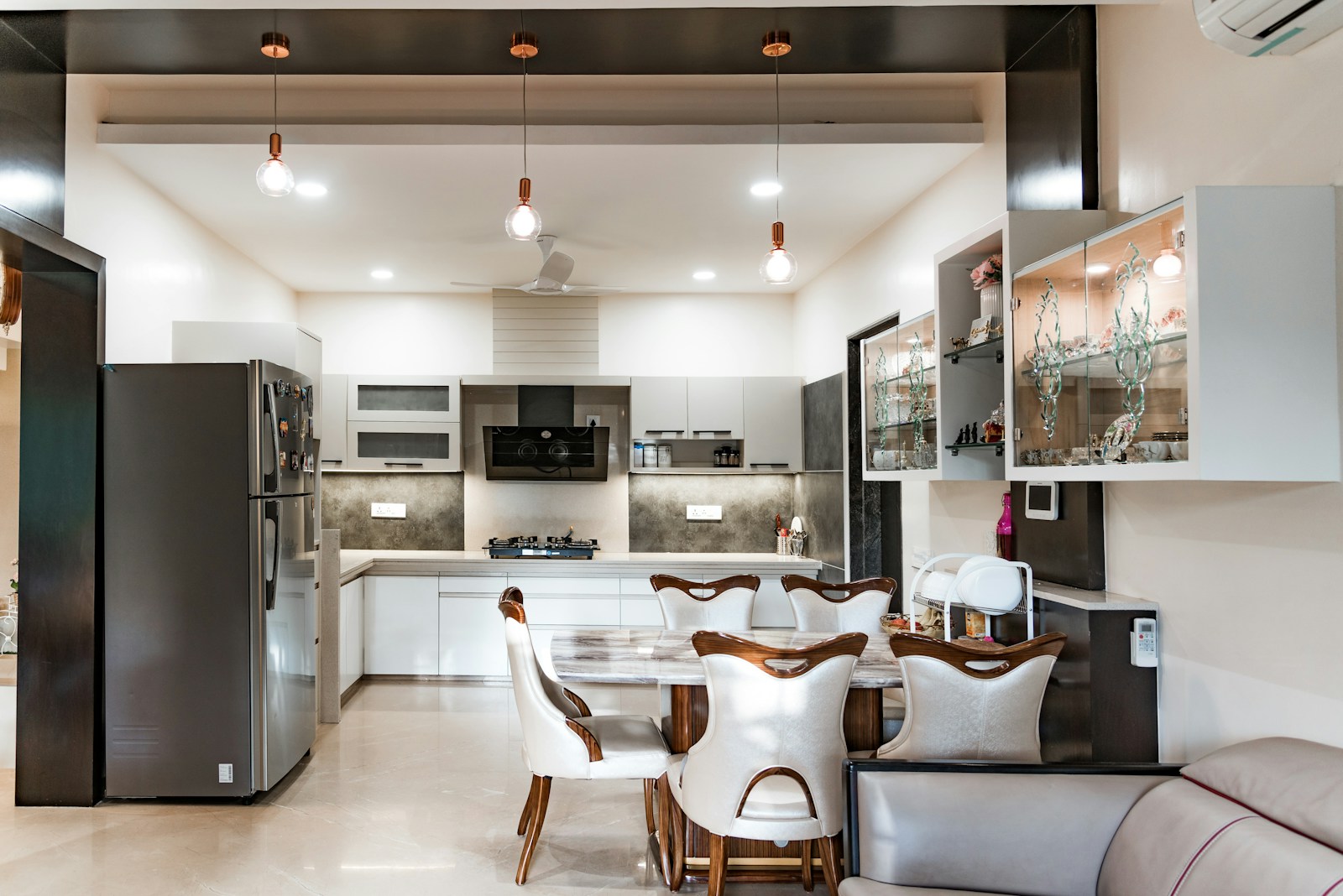As technology continues to evolve at a rapid pace, the home appliance industry is experiencing a transformation unlike any other. From smarter connectivity to sustainability, the future of home appliances is set to revolutionize the way we live. In this article, we’ll explore the key trends that are shaping the future of home appliances.
1. Smart Homes and Connectivity
The integration of smart technology into home appliances is arguably the most significant trend for the future. Devices like refrigerators, washing machines, ovens, and vacuum cleaners are no longer just tools for performing specific tasks; they are becoming interconnected components of a larger smart home ecosystem. Appliances can now communicate with each other, be controlled remotely through apps, and even use voice assistants like Alexa, Siri, or Google Assistant.
For example, a smart refrigerator can alert you when groceries are running low, recommend recipes based on your existing ingredients, and even notify you if the door is left open. This connectivity not only provides convenience but also enhances energy efficiency, allowing users to control and monitor their energy usage remotely.
2. Energy Efficiency and Sustainability
As the world grapples with climate change, sustainability is becoming a crucial consideration in every industry, including home appliances. Manufacturers are focusing on developing energy-efficient appliances that reduce power consumption, lower utility bills, and minimize environmental impact.
In particular, the shift towards energy-efficient smart appliances is notable. Innovations such as self-adjusting air conditioners, solar-powered water heaters, and energy-efficient dishwashers are paving the way for greener homes. These appliances use sensors and algorithms to adjust their performance based on external conditions, optimizing energy usage without sacrificing functionality.
3. AI and Automation
Artificial Intelligence (AI) is expected to play a pivotal role in the future of home appliances. With AI, appliances can learn from user behavior, anticipate needs, and automate daily tasks. For instance, AI-powered ovens can adjust cooking times and temperatures based on the type of food, while washing machines can analyze the load size and fabric type to select the optimal washing cycle.
Automation will also make home appliances more intuitive. Imagine a vacuum cleaner that not only vacuums the floor but also adapts its cleaning pattern based on the level of dirt detected, or a washing machine that notifies you when your laundry is done and even folds the clothes automatically.
4. Voice Control and Gesture Recognition
Voice assistants like Amazon Alexa, Google Assistant, and Apple’s Siri have already made their way into many homes, and their influence is only expected to grow. In the future, home appliances will become increasingly reliant on voice control, allowing users to operate them hands-free. Whether it’s adjusting the temperature of the oven or setting a washing machine cycle, voice commands will become the primary mode of interaction.
Additionally, gesture recognition is on the horizon. Imagine adjusting the thermostat or turning on the dishwasher with just a wave of your hand, without needing to touch any buttons or screens. This type of intuitive control will enhance the user experience, making it more seamless and efficient.
5. Customization and Personalization
Another trend that is expected to gain traction is the rise of highly customizable and personalized home appliances. As consumers become more discerning about the products they buy, manufacturers are looking to provide appliances that cater to individual preferences and lifestyles. This could mean refrigerators with adjustable compartments, washing machines that offer custom wash cycles, or even dishwashers with variable settings for different types of dishes.
In addition, appliances may come with built-in AI that adapts to the user’s preferences over time, creating an experience tailored to each person’s habits and needs. The focus on personalization will allow for a greater degree of comfort and convenience in the home.
6. Health and Well-being Integration
With growing awareness about health and wellness, home appliances are increasingly being designed with features that promote better living. Air purifiers, for instance, are becoming more advanced with the ability to monitor air quality in real time and adjust their filtration systems accordingly. Smart refrigerators are incorporating features that track the freshness of food and encourage healthier eating habits.
Moreover, appliances like water filters, ovens, and even coffee machines are being equipped with health-conscious functions, such as sanitization modes or the ability to provide nutritional information. The future of home appliances will be closely intertwined with well-being, offering products that not only improve convenience but also support healthier lifestyles.
7. Robotics and Advanced Automation
Robotic technology is set to change the way we think about home appliances. Robots are becoming increasingly adept at performing household chores, and it’s likely that in the near future, we will see more automated systems for cleaning, cooking, and even home maintenance.
Already, robot vacuum cleaners and lawn mowers are commonplace, and the next step is the development of multifunctional robots capable of handling a wider range of tasks. These robots could assist in cooking meals, cleaning windows, or even taking care of pets. The potential for robotics in home appliances is vast, and it’s only a matter of time before these machines become an integral part of our daily routines.
Conclusion
The future of home appliances is bright, full of innovative technologies that promise to enhance convenience, efficiency, and sustainability. As smart connectivity, AI, voice control, and automation continue to shape the industry, our homes will become more intelligent, responsive, and tailored to our needs. The integration of health and sustainability features will also ensure that these appliances are not just improving our quality of life, but contributing to a healthier and more eco-conscious world.
In short, the appliances of tomorrow will be far more than just tools; they will be sophisticated, adaptive assistants that help us live better lives, every day.













